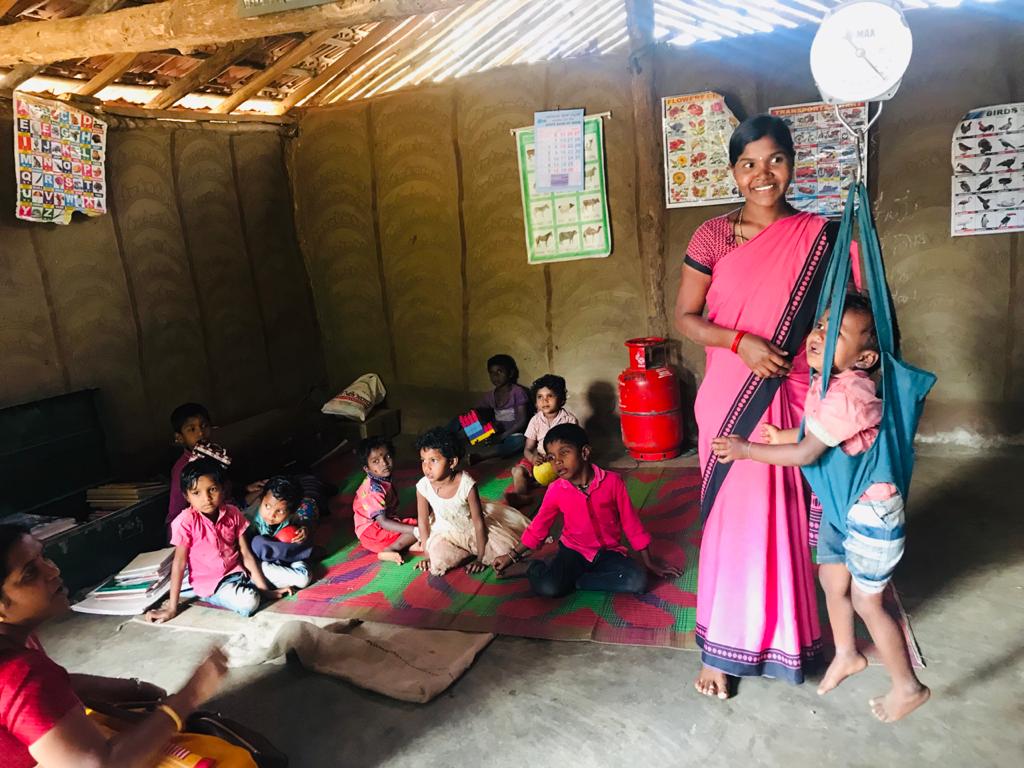The recently-released National Family Health Survey-5 (NFHS-5): 2019-20, shows Karnataka has made an improvement in the overall indicators for child health as compared to the previous national survey in 2015-2016.
Stunting (low height-for-age) among under-5 kids in the state has dropped from 36.2 per cent, as recorded in the NFHS-4, to 35.4 per cent as recorded in the latest national survey of the Union health ministry.
Similarly, in the same time period, the percentage of under-weight (low weight-for-age) kids has dropped from 35.2 per cent to 32.9 per cent; under-five wasted (low weight-for-height) kids from 26.1 per cent to 19.5 per cent; and those in severely wasted category from 10.5 per cent to 8.4 per cent.
While the state has made progress in child health indicators, anaemia still remains a huge concern. Between NFHS-4 (2016-16) and NFHS-5 (2019-20), anaemia in children (six-59 months) has increased from 60.9 per cent to 65.5 per cent.
Similarly, the number of anaemic women in the 15-49 years age group in the state has increased too. Between NFHS-5 and NFHS-4, anaemia in pregnant women has increased from 45.4 per cent to 45.7 per cent while anaemia in non-pregnant women has increased from 44.8 per cent to 47.8 per cent.
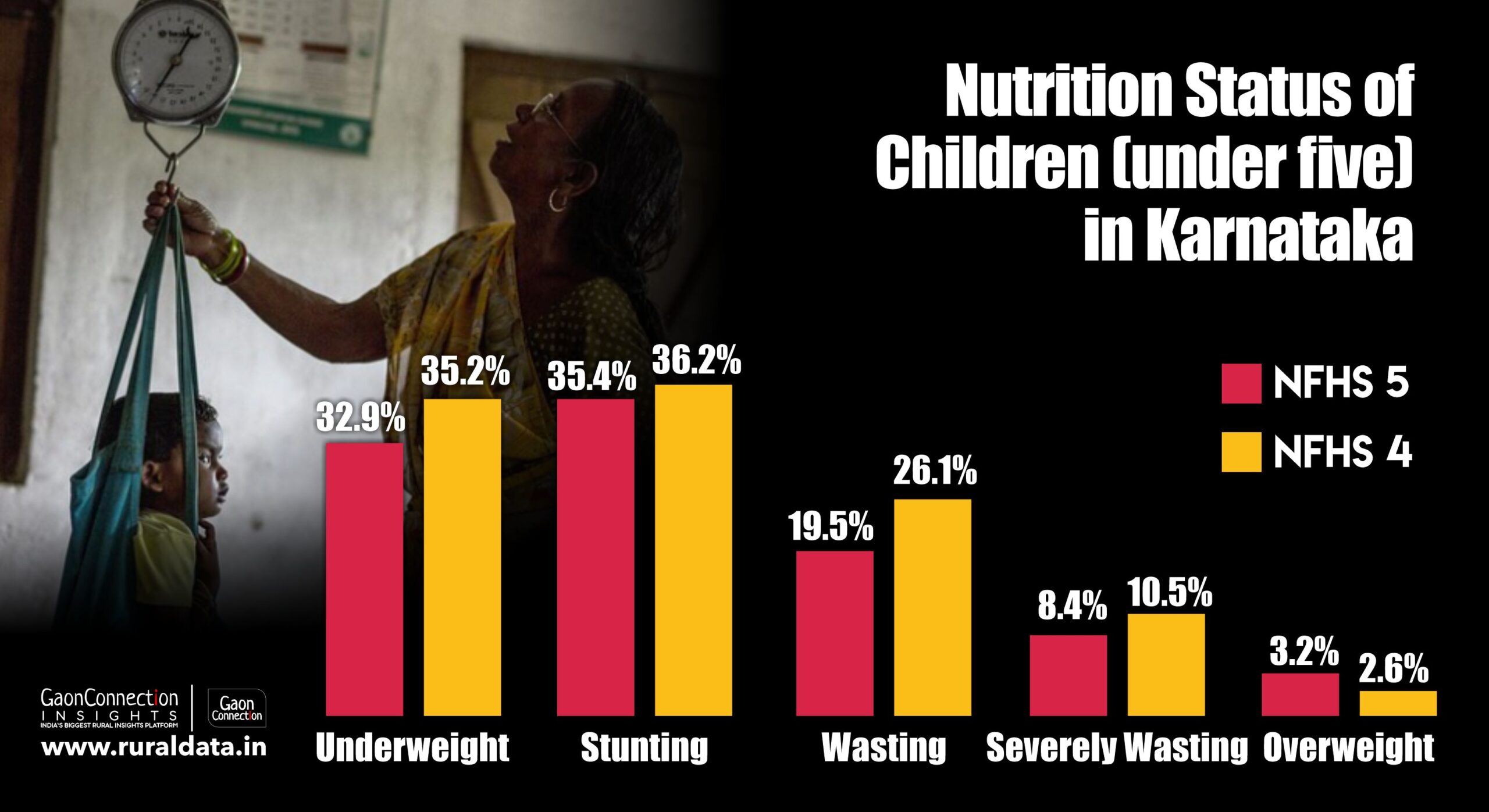
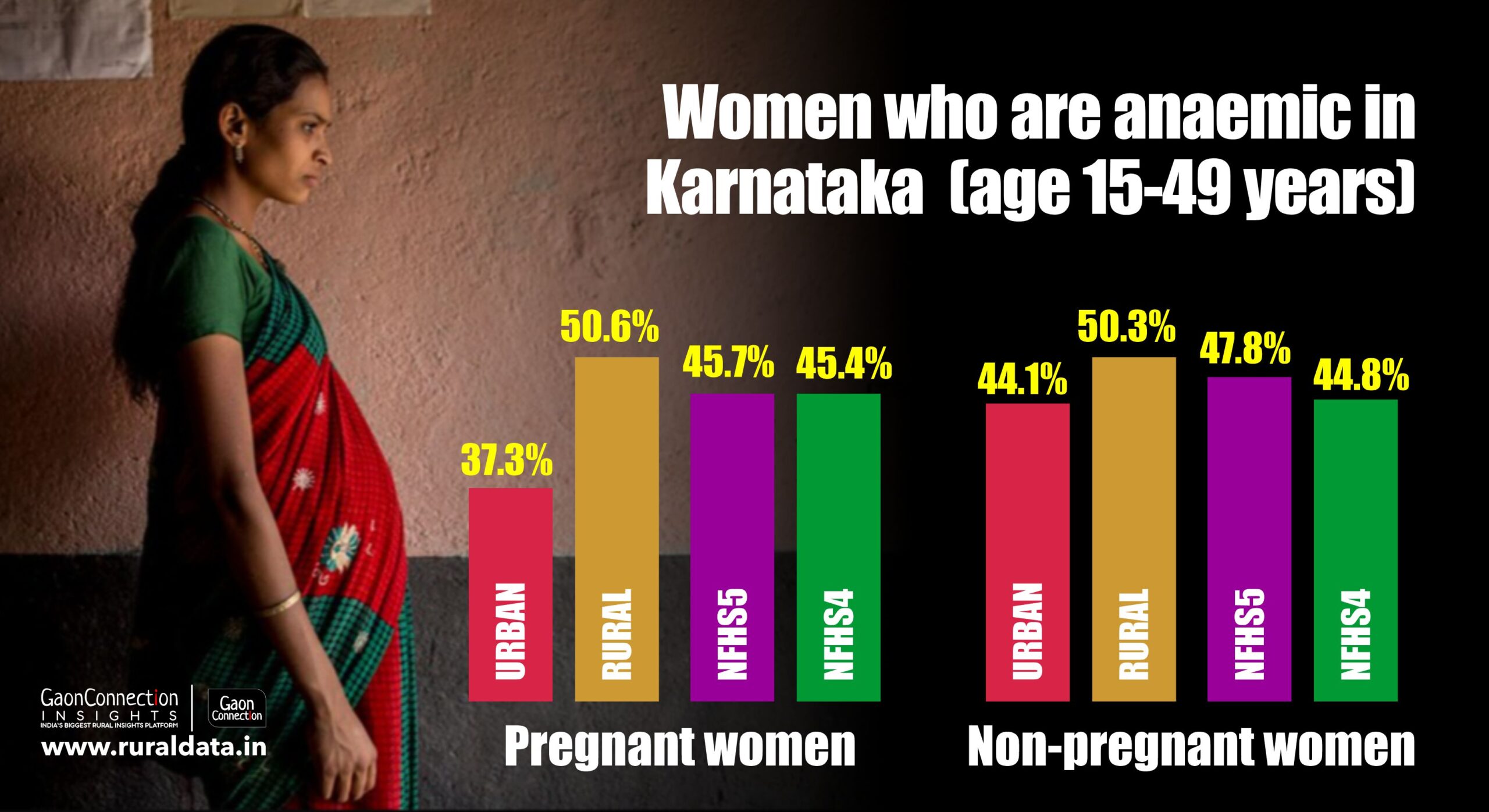
As far as the nutritional status of under-5 kids in the state is concerned, the benefits are being credited to the various health and nutrition programmes the state government has undertaken in the last five years.
For instance, since 2015, when the previous NFHS-4 was released, nutritional interventions such as Mathrupoorna (hot cooked meal for 1.2 million pregnant and lactating women), Srusti (egg twice a week for all anganwadi kids, and five times a week for severely underweight children) and Ksheera Bhagya (milk for five days a week for children between six months and six years) were launched by the state government as part of the Integrated Child Development Services (ICDS) to improve the nutritional and health status of children, and reduce incidences of mortality, morbidity and malnutrition.
Supplementary nutrition under ICDS is given for 300 days in a year in Karnataka — 500 calories of energy and 12-15 grams of protein for children between 0-6 years, 600 calories of energy and 18-20 grams of protein for pregnant women/lactating mothers/adolescents girls, and 800 calories of energy and 20-25 grams of protein to severely malnourished children.
“Fighting malnutrition and addressing its social determinants requires many policy interventions to be taken together, and a life cycle approach,” Uma Mahadevan, principal secretary, rural development and panchayati raj department, Government of Karnataka, told Gaon Connection. She is also the former principal secretary, Women & Child Development department of the Karnataka government, and is instrumental in launching and implementation of several health and nutrition programmes.

Apart from launching several supplementary nutrition programmes, which are being implemented through 65,911 anganwadi centres across the state, Karnataka converged MGNREGA funding to build more anganwadis and Swachh Bharat toilets. “We also increased the honorariums and medical reimbursement for anganwadi workers and helpers. When you look after your anganwadi workers, you improve the quality of care they provide to mothers and children coming to them”, informed Mahadevan.
In April 2017, Karnataka raised the honorarium for anganwadi workers and helpers from Rs 4,000 and Rs 3,000 a month to Rs 8,000 and Rs 4,000 a month, respectively. The state government also reimburses medical expenses to the tune of Rs 50,000 a year and provides pension. The honorarium hike is seen as a move to bolster anganwadi workers’ dignity and motivation to cater to the development needs of children in the 0-6 years’ age group and lactating mothers.
Labour-saving techniques were also adopted in the state’s anganwadis. As part of Mathrupoorna, the state provided double burner stoves instead of the earlier single-burner ones, additional pressure cookers, cooking, and serving vessels in all 65,911 anganwadis. This, Mahadevan said, helped the workers spend more time in counselling mothers and caring for children.
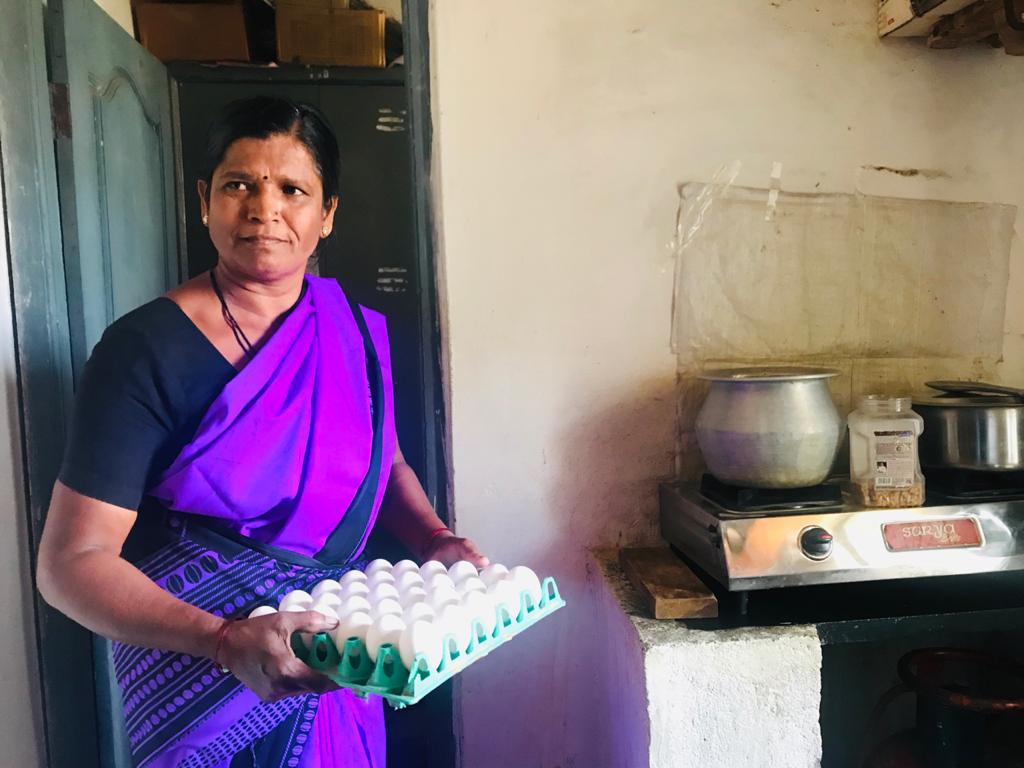
No cause for celebration, say experts
While there has been a drop in the percentage of stunted, under-weight and wasted kids in the state, nutrition experts find there is no reason to celebrate yet.
In Karnataka, stunting in children under-5 (height-for-age) has decreased in the last five years from 36.2 per cent to 35.4 per cent.
“One-third of under five kids stunted is a shame. Karnataka is not a backward region; how can you call a less than one per cent difference an improvement? At this rate, there will be no progress for the next 100 years,” Veena Shatruguna, clinical nutritionist and retired deputy director of National Institute of Nutrition, Hyderabad told Gaon Connection.
Although the Karnataka government provides eggs and milk to all the anganwadi children through its Srusti and Ksheera Bhagya programmes, Shatruguna believes that is not enough. “Children grow rapidly. They have to grow by five to ten centimetres a year. They need more protein to grow. More eggs and green leafy vegetables should be provided to the children.”
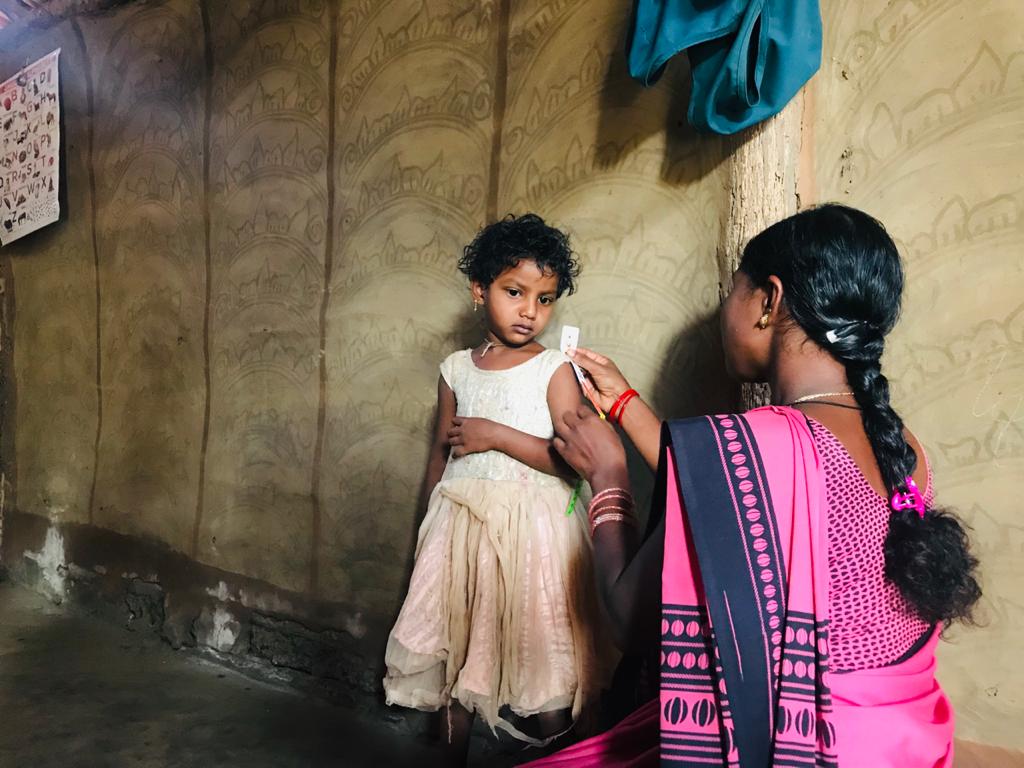
Interestingly, in a state where every third child is stunted and underweight, there is an increase in overweight (weight-for-height) of children under-5 years of age. As per NFHS-5, 3.2 per cent children under-5 are overweight in Karnataka, as against 2.6 per cent in the NFHS-4 survey.
Sharuguna said that unless children are given animal protein, iron and protein, there will be anaemia. “With the food they eat, children are likely to remain short. They will only put on weight. But that weight is all fat. Obesity would increase, instead of height,” she cautioned.
High anaemia in kids and women
Anaemia is a huge concern in Karnataka. A comparison of recent and previous survey data shows anaemia in both children and women has increased.
According to the NFHS 5 survey, 65.5 per cent of children (six-59 months), 45.7 per cent of pregnant women between 15 and 49 years of age and 47.8 per cent of non-pregnant women in Karnataka are anaemic.
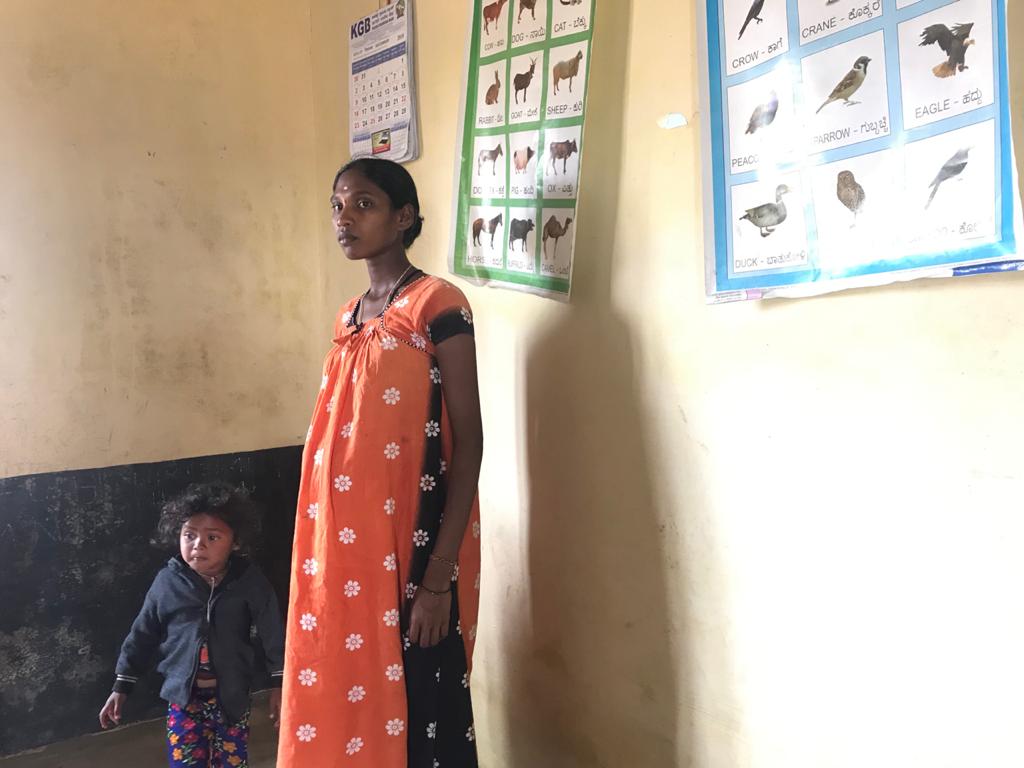
This data is alarming as almost every second woman in the state is anaemic. And almost two-third under-5 kids in the state are anaemic too. As part of ICDS, pregnant women are given iron and folic acid (IFA) tablets to prevent nutritional anaemia. This forms an integral part of the safe-motherhood services as part of the Reproductive and Child Health Programme. The programme recommendation is that pregnant women consume 100 tablets of iron and folic acid during pregnancy.
According to a consultant closely monitoring the state’s nutrition schemes, “Not even 50 per cent of women here take these tablets. There are several misconceptions pertaining to the consumption of IFA tablets.”
“Women feel that when they take IFA tablets, their delivery would not be normal. If a few women consume these and their stool turns dark, they think something is wrong, and believe that if they continue taking these tablets, their child would be born dark,” he told Gaon Connection on the condition of anonymity.
Asked about the prevalent misconceptions about consuming IFA among women, Shatruguna said: “Iron-folic acid supplements are a medicine. They should not be given to all pregnant women. If there is a reaction, women will not take it. Nobody guides them when they undergo any such reaction.”
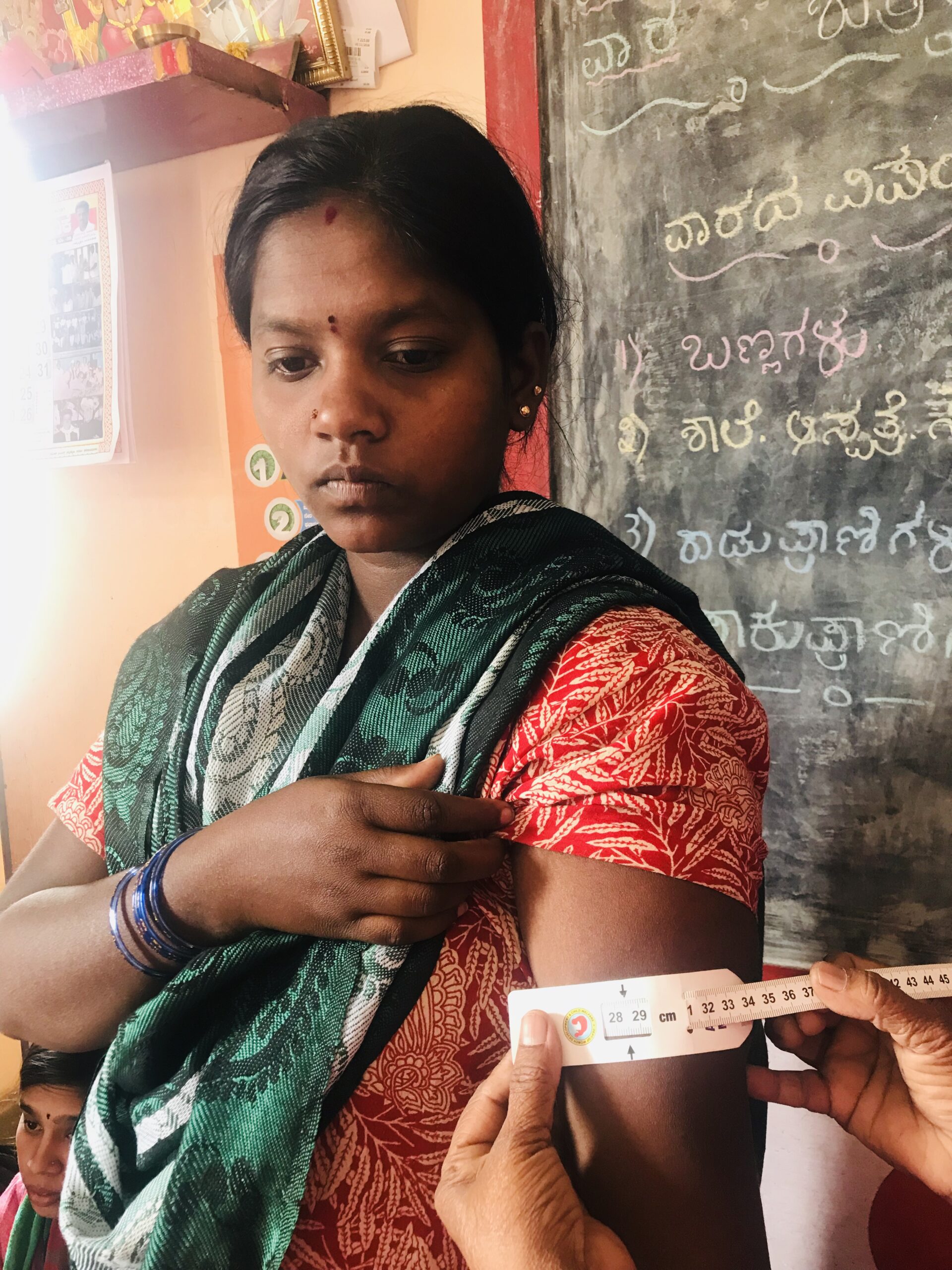
A convergent approach is the need of the hour, said Mahadevan. “There is no silver bullet. We have to take many small constructive actions. Anaemia cannot be addressed only by consuming IFA tablets for six months. We need to create nutri-gardens and introduce more green leafy vegetables, and improve nutrition for adolescent girls,” she added.
Also, often, we look at what is going wrong, said Mahadevan. “We should learn from places where things are going right and try to scale those good interventions,” she said, hoping to see even better figures for the state in the next NFHS survey.

